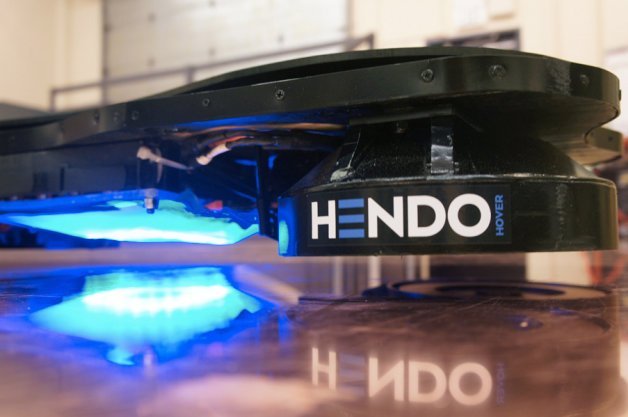According to the original writer of the scene, the thought was that a hoverboard would float on an invisible magnetic field, allowing its rider to hover inches above the surface of the ground on a cushion of air.
That was all the way back in 1989, and we still have exactly zero actual hoverboards merrily hovering their riders to and fro with jackets that dry themselves and shoes that automatically lace themselves to the proper fitment. Our collective selves let out a sigh we've been holding in since BTTF Part II stopped showing on the big screen... But wait.
A company called Hendo has created what may be considered the very first working prototype of a real, actual hoverboard. It's not without faults – the fact that it only works on certain metallic surfaces being perhaps the biggest, followed by its lack of directional stability – but it most definitely hovers, and you can most definitely ride it. And it's just the beginning of what the company and its inventor have in mind for the hovering technology.
According to Greg Henderson, inventor of the Hendo, this creation represents "the Model T of hoverboards," meaning that it's very early in development, not that it will be the first such machine mass produced. Future applications include planes, trains and automobiles, naturally, but also as a way to earthquake-proof permanent structures like buildings and bridges.



